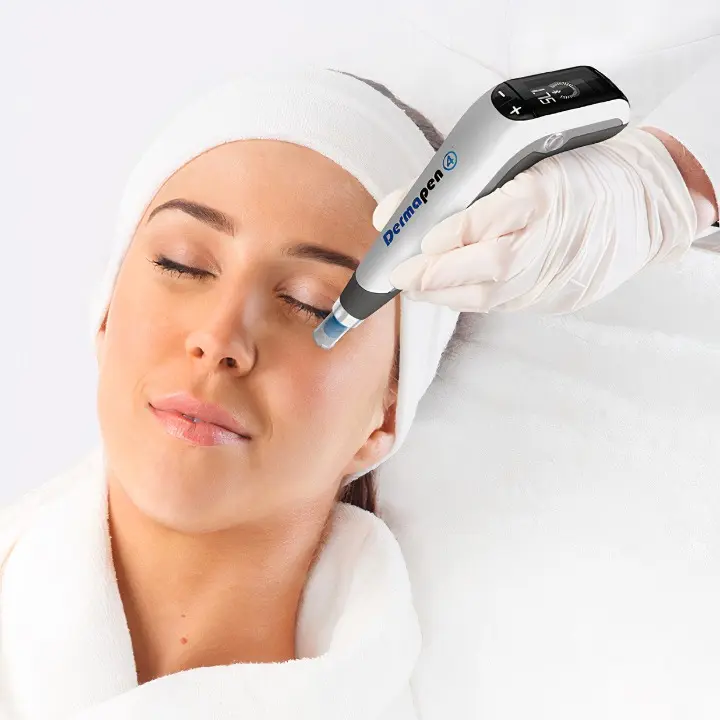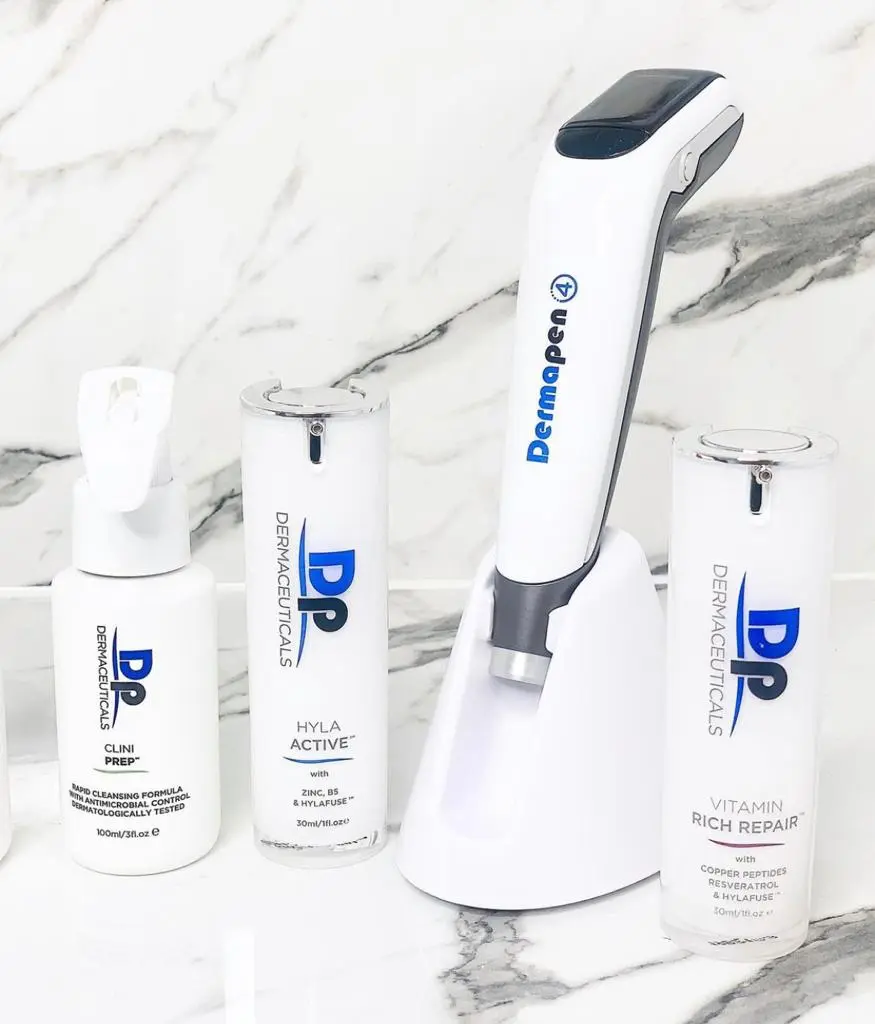
Skin needling is a minimally invasive cosmetic procedure aimed at improving skin texture and appearance.
Skin needling involves using a pen-like device which contains a number of microneedles. These tiny needles create controlled micro injuries to the skin. These tiny injuries stimulate the body’s natural healing response which boosts collagen and elastin production.
Collagen and elastin are essential proteins responsible for maintaining structure, support, hydration, healing, thickness and durability of the skin.
Single Treatment
3 Treatments, 4 weeks apart
A comprehensive consultation is carried out to ensure skin needling is the right treatment for you. On the day of the procedure, the skin is thoroughly cleansed. A hand-held pen-like device with fine microneedles is used to create controlled micro-injuries on the skin. These micro-injuries trigger the production of collagen and elastin, the proteins responsible for keeping your skin smooth, firm, and youthful.
Based on your specific skin concerns, specially formulated creams or serums are applied during the process to further enhance the results. Following the treatment, a soothing hydration mask is applied to calm and rejuvenate your skin. The entire procedure typically takes around 45 minutes, though this may vary depending on the size of the treatment area and whether topical numbing cream is required.
Numbing cream is available however best results are seen without it and treatment is usually well tolerated.

Results can last several months depending on your skin type and the number of treatments received.
Yes, Skin Needling is highly effective for reducing the appearance of acne scars and improving overall skin texture.
You may start noticing improvements within a few days, but full results typically become visible after multiple sessions.
It’s best to avoid wearing makeup for at least 24 hours post-treatment to allow your skin to heal.
A course of 3 treatments spaced 4 weeks apart is recommended for optimal results, though more sessions may be required depending on your skin condition.
A topical numbing cream can be applied to minimise discomfort, though the treatment is generally well-tolerated.